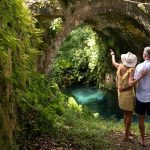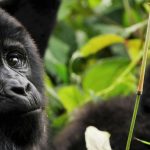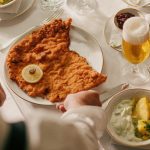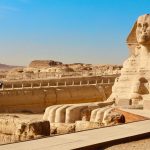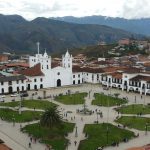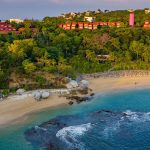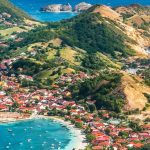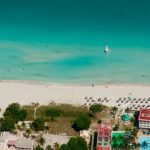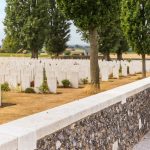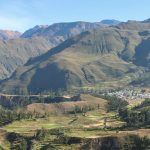Curaçao is calling
Ann Ruppenstein
Bon Bini! Curaçao is back
On July 1, Canada joined the list of select markets like Belgium, Germany, France, Italy, and The Netherlands to get the green light to visit the Dutch Caribbean island of Curaçao.
Ahead of reopening to international travel, the destination introduced new hospitality protocols called “A Dushi Stay the Healthy Way.” In the first 12 days since the borders reopened, close to 3,000 stayover visitors headed to the colourful ABC island, mainly from Western Europe and the Caribbean region.
“We’ve put certain prerequisites in. We are approaching this in a very methodical, gradual and responsible manner,” Paul Pennicook, CEO of the Curaçao Tourist Board, tells Travel Courier. “I’m pleased with what’s happened so far. At this point in time, Curaçao is now COVID-free.”
In these early stages, the destination is capping monthly visitors to 10,000 passengers and is requiring proof of a negative PCR-test a maximum of 72 hours prior to departure.
“We are on the side of those who feel that it enhances the safety of travel because it not only proves that you are okay to travel, you have a negative test, but it also protects your fellow travellers as well as the employees in the industry and the local population,” he says, noting that the island also implemented enhanced health and safety measures throughout its establishments. “The local population is more convinced that the visitors that are coming in have been tested, and everything is okay and so they can have a good time. They should have no hesitation to give them the best service.”
Pennicook says about 60% of the room inventory on the island has reopened, as well as a number of attractions and restaurants.
“Curaçao has a lot of restaurants outside the hotels, and so it’s the kind of destination where we encourage exploration of the destination — jumping in a rental car and seeing the wonderful sights as well as eating in different places,” he says. “We have some 35 real beaches here, spectacular cove beaches and so you can go from one to the other and really have a great time. The other thing that’s spectacular here is the diving, where you can literally walk into the water and then just dive off in some areas.”
During the lockdown, he said the government supported companies with payroll subsidies, but described the impact of COVID-19 as “devastating.”
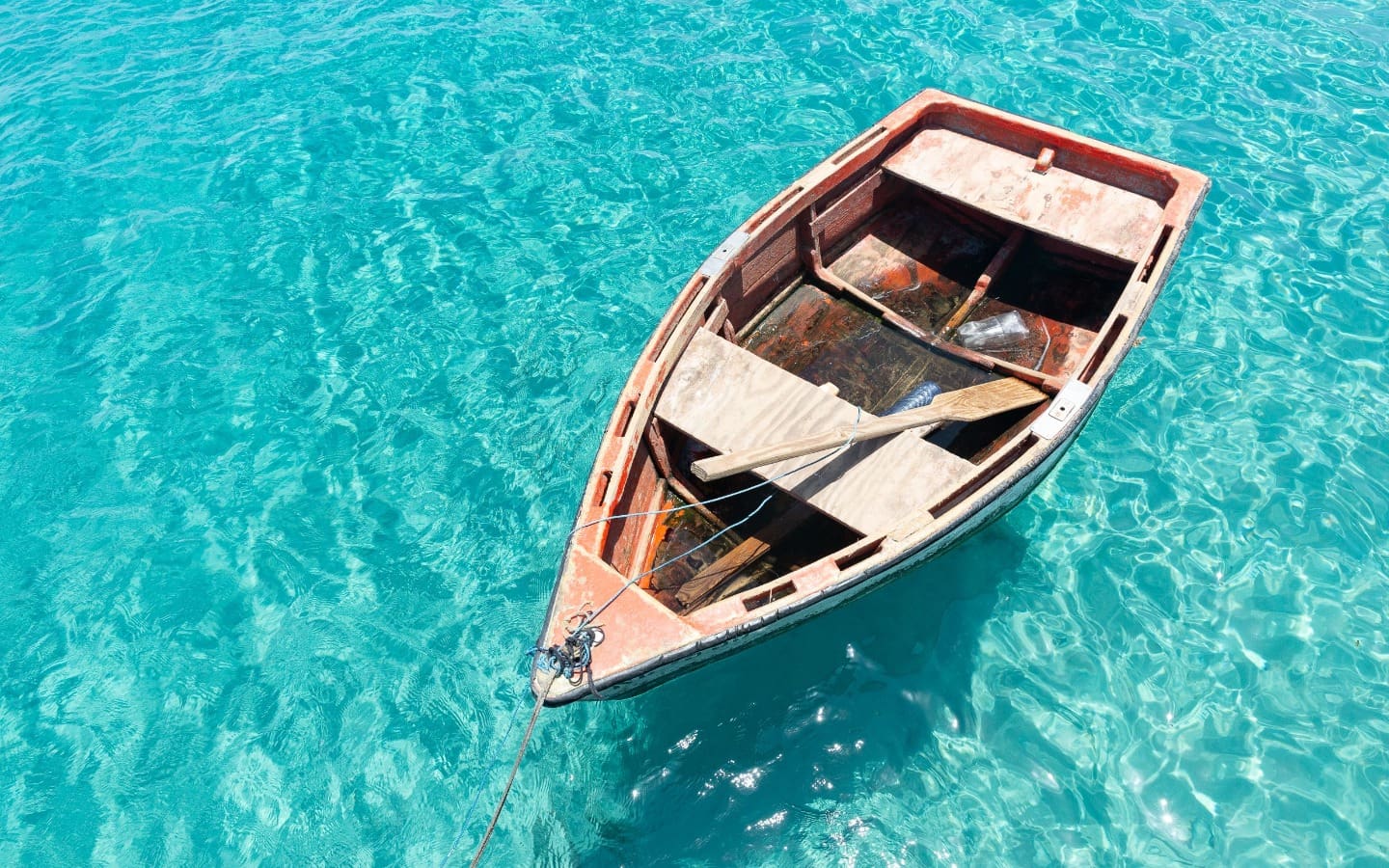
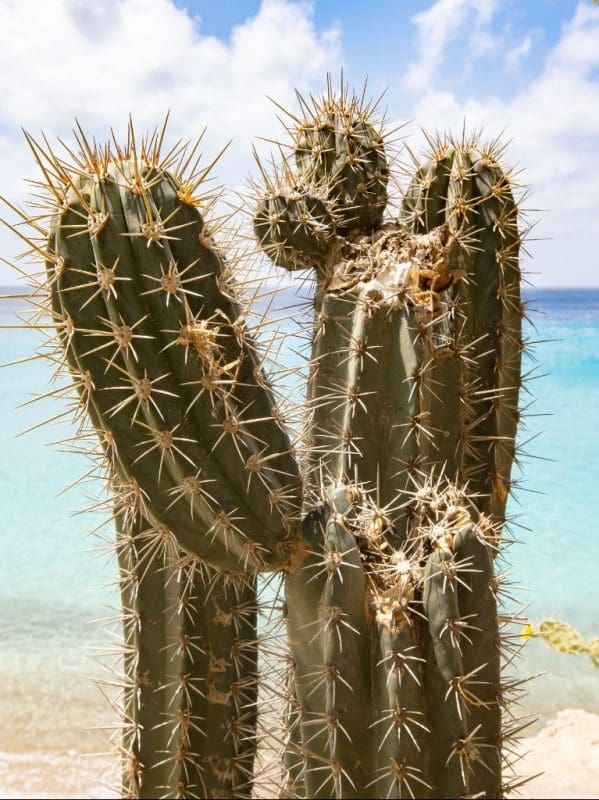
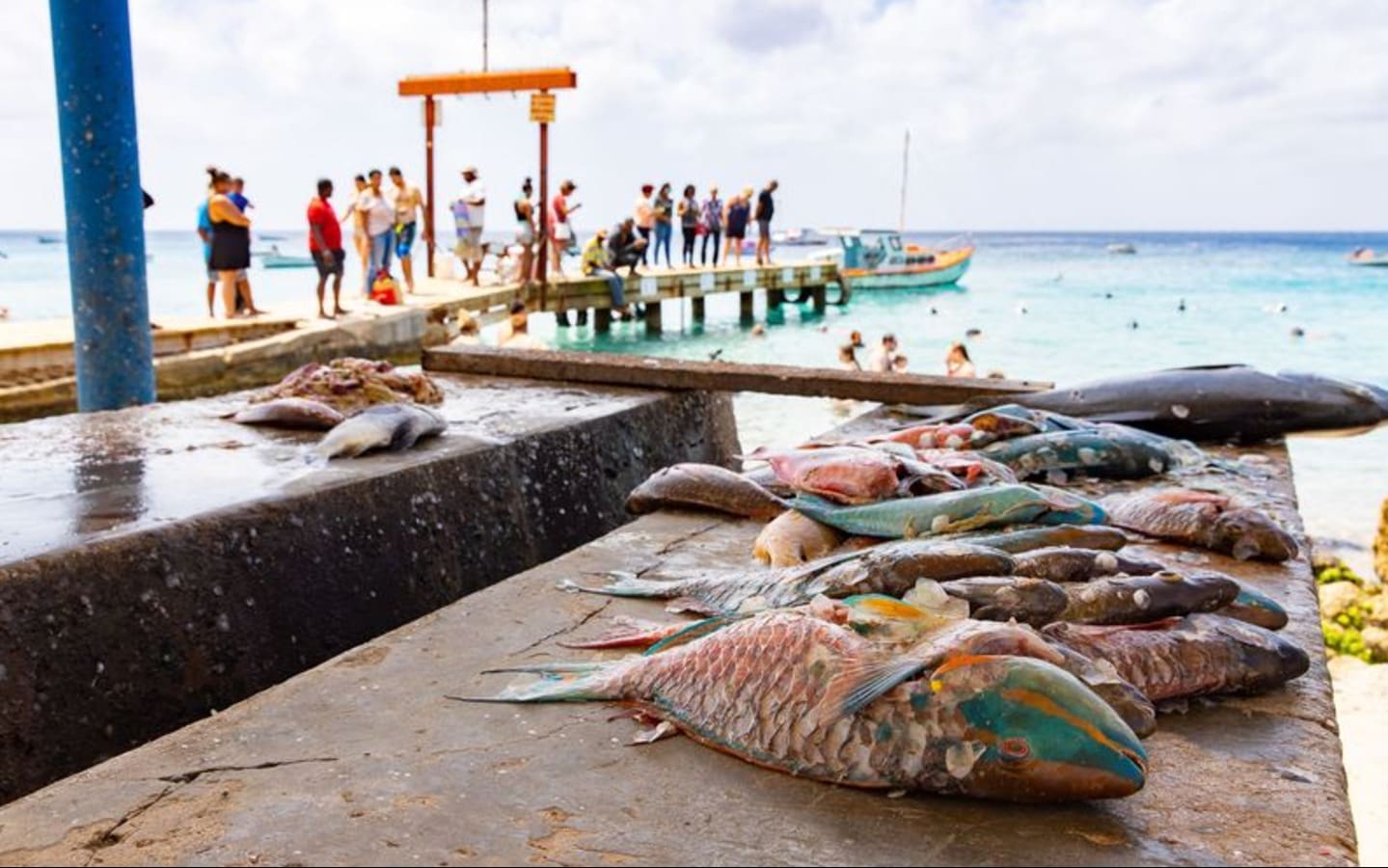
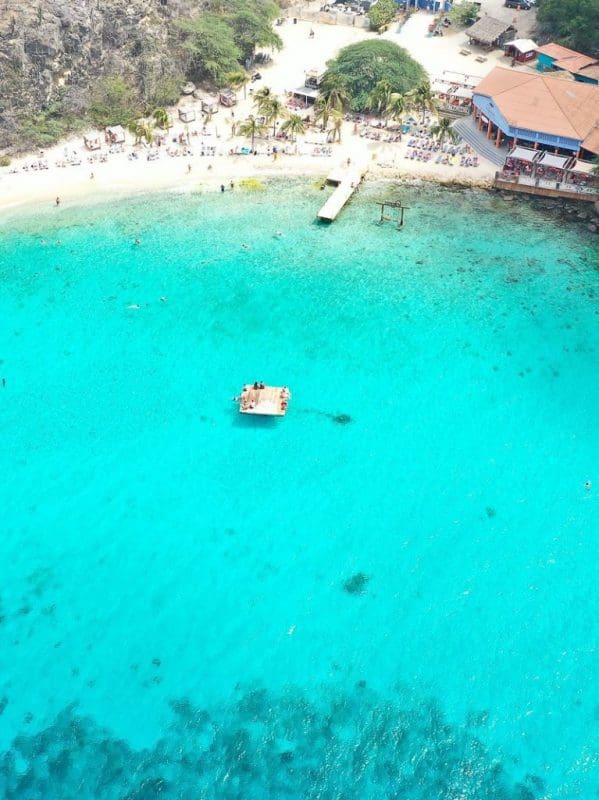
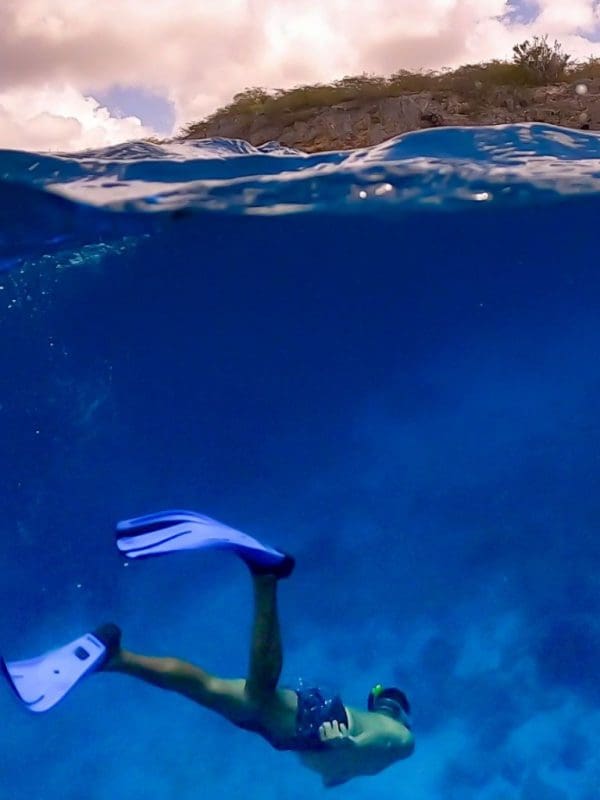
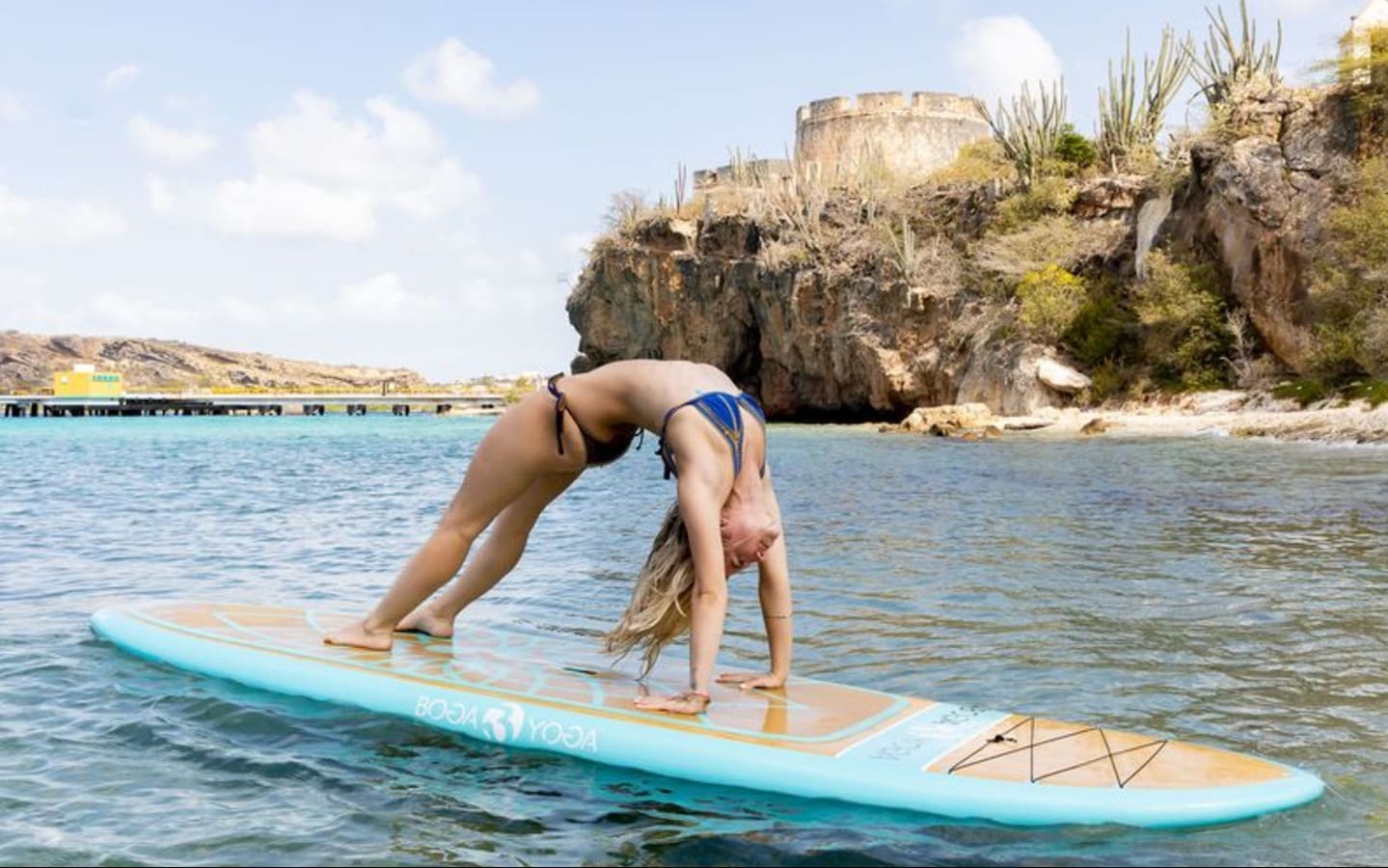
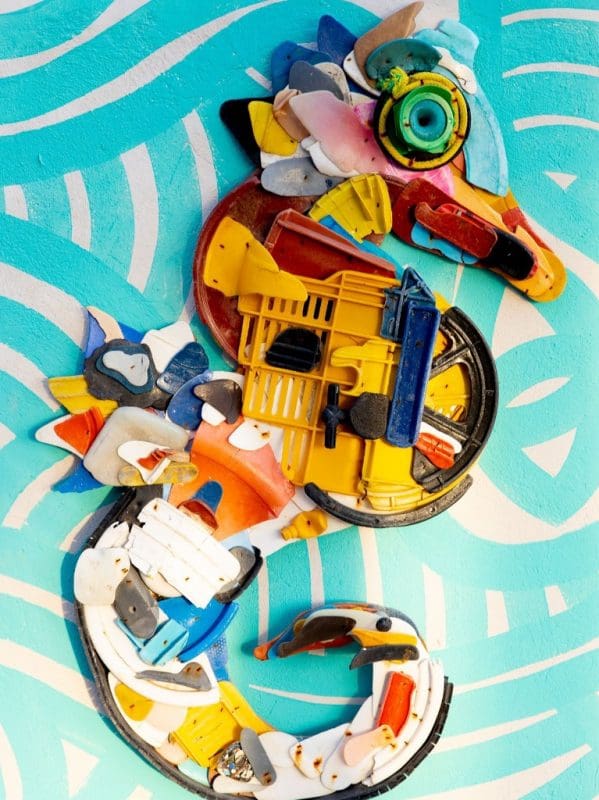
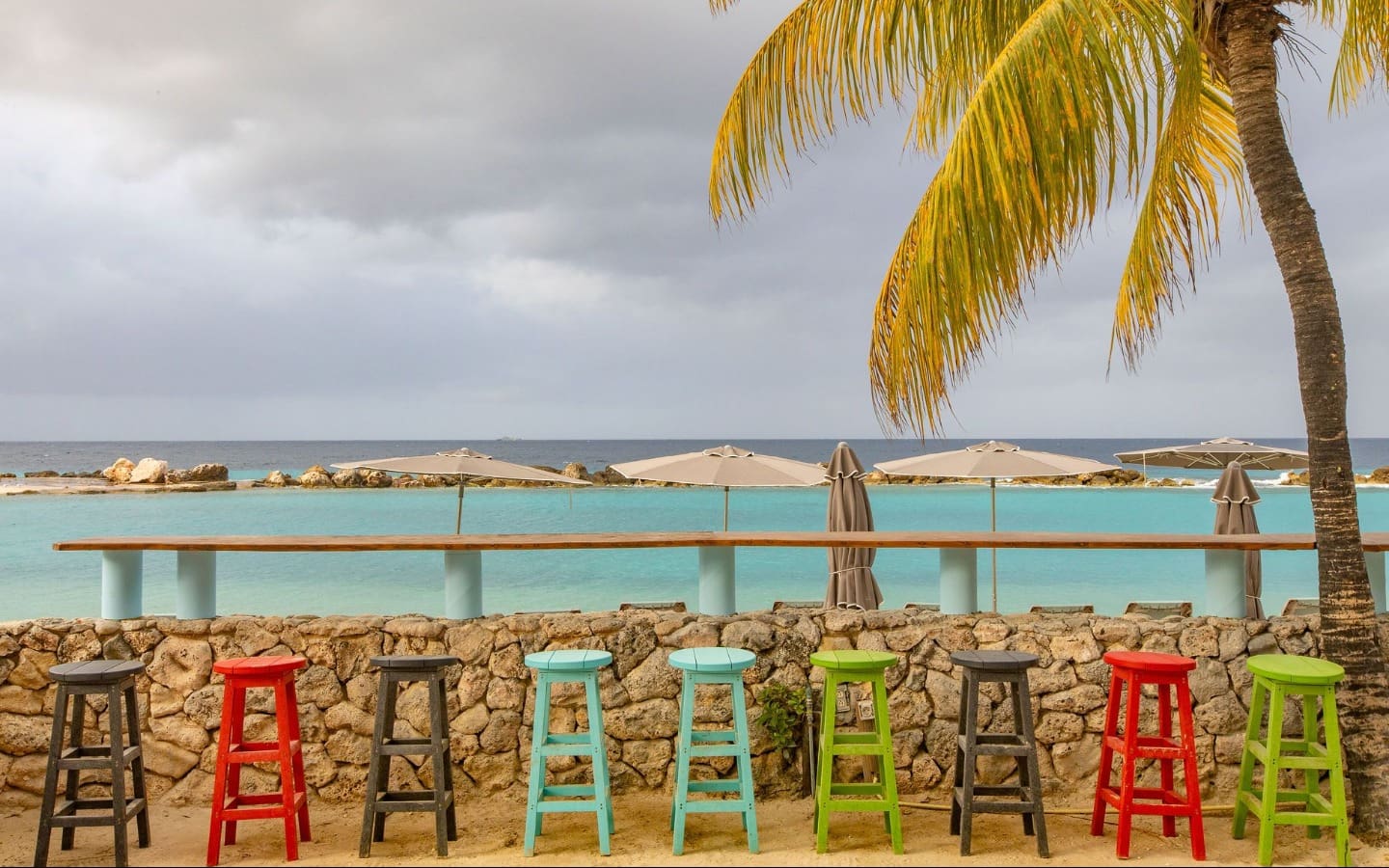
“Not only to tourism but across the country because of course we were in lockdown for a period, a lot of people were out of jobs,” he says. “We’ve reopened the economy, so a number of entities have reopened, those people are going back to work. But we’re only partially open in the hospitably sector so some people have gone back to work but it’s a gradual thing until we get to the end.”
Although the current forecast is for stayover arrivals to be down 55% for 2020, not to mention a significant drop in cruise arrivals with the extended suspension of cruising, he’s optimistic about recovery.
“We are anticipating that all things considered, we should have significant growth in 2021 where we are forecasting a growth of about 50% on 2020’s numbers,” he said. “From an occupancy standpoint, we should maybe do about 60% occupancy in the hotels in the winter of ’21. It’s an optimistic forecast, but we’re pretty confident, we’re hoping to be honest, that all of our markets will have gotten on top of the virus by then, and so we will be able to promote in all the markets. With the response we’re having now, we should be able to get that 50% growth in 2021.”
Part of the process will see the tourist board continue to work and communicate with agents.
“We will be inviting some of them down to come and see for themselves because travel agents have been very important in the development of our business over the last couple of years,” he continues. “We have done a lot of education and travel agent training, we’ve been doing a lot of promotion with the travel agents, and so we are going to be counting on the travel agents to be our ambassadors to bring our clients back.”
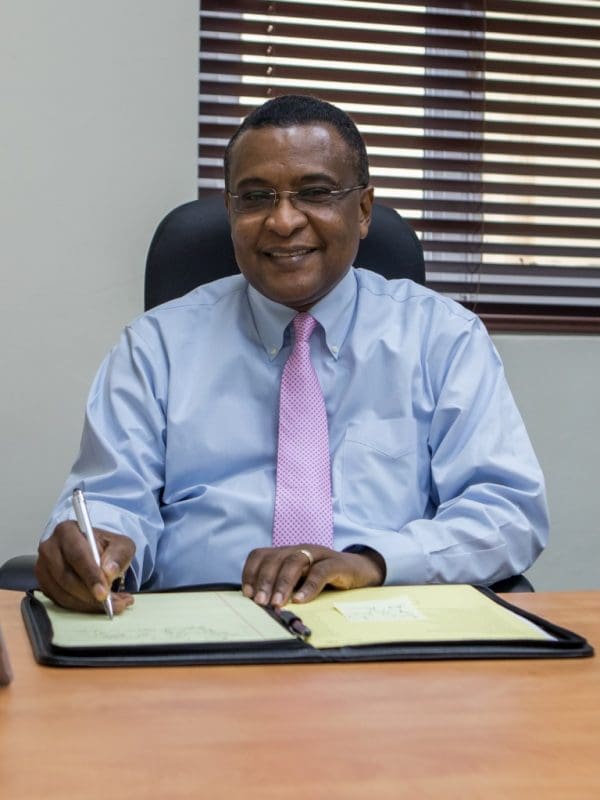
As for the Canadian market, which he hopes will lift the 14-day self-isolation regulations, Pennicook says it was growing nicely with Air Canada operating five weekly flights from Toronto and two weekly flights from Montreal during the peak winter season.
We’re COVID-free and Canada is approved to come here. We’d love to have some Canadians come. Canada was growing at double-digit percent when we closed down. This past winter we were doing very well, and we’re hoping next winter we will go back to those numbers.
Paul Pennicook
Pennicook points to Curaçao’s history, culture and architecture when describing what sets it apart.
“There’s a mixture of European, Latin and the tropical Caribbean flavour, which really gives it a unique atmosphere, a unique feel and that’s what people really enjoy here,” he says. “People can go to Punda for example and just stroll and enjoy the facilities, the architecture, the street art that is famous in Curaçao, very vibrant colours and all of that. These are some of the features that will make Curaçao the place to visit in the next few years. It’s really great to explore this island.”
Looking ahead, he predicts Curaçao, which sits on the outer fringes of the Hurricane Belt, will appeal to visitors because its attractions are spread across the island and makes it easy for people to keep their distance.
“We are also going to see where people are going to pay more attention to history, culture, as opposed to just going and frolicking on the beach,” he says. “So, just to reiterate, we’re now a COVID-free destination. We have the necessary things that would make a very, very enjoyable holiday, we have all these beaches and a variety of places to go to to dine, to go on a tour, to just enjoy. At the same time you can relax and enjoy here in comfort where you aren’t concerned about crowds of people.”


